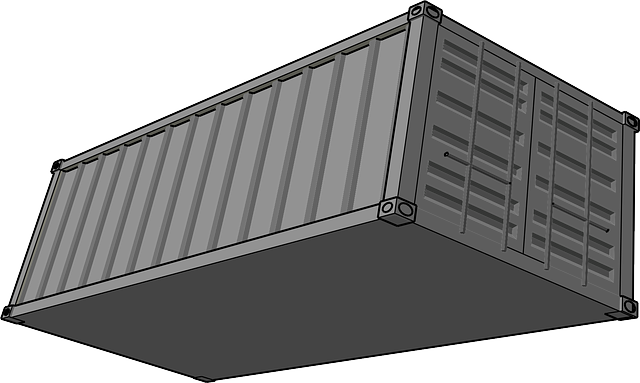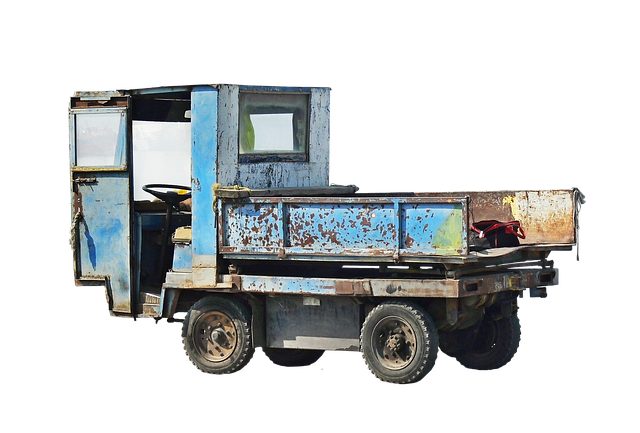Cargo liability insurance is a critical tool for businesses in transportation and logistics, protecting against financial losses from goods damage, loss or theft during transit. It mitigates legal liabilities, covers repair/replacement costs, legal fees and compensation claims, demonstrating commitment to customer safety and maintaining positive business reputation. Proactive risk management involves identifying vulnerabilities through comprehensive supply chain assessments, implementing tailored solutions like security systems or stricter screening, and regularly reviewing policies for continuous improvement. Effective monitoring, enforcement, staff training, and a culture of accountability are key to leveraging cargo liability insurance effectively.
In today’s intricate logistics landscape, proactive policy creation is paramount to mitigate cargo liability incidents. This article guides business owners through essential steps, from understanding the protective shield of cargo liability insurance to assessing risks that could expose your company. We delve into crafting robust policies, implementing them effectively, and continuously monitoring for improvement. By adopting these strategies, businesses can safeguard their operations, protect customer trust, and navigate the logistics realm with enhanced confidence.
Understanding Cargo Liability Insurance: Protecting Your Business and Customers

Cargo liability insurance is a crucial aspect of risk management for businesses involved in transportation and logistics. It offers protection against financial losses arising from incidents involving goods during transit, including damage, loss, or theft. By purchasing this type of insurance, businesses can safeguard themselves from potential legal liabilities and ensure their customers’ trust.
This insurance policy covers various scenarios, such as accidents, natural disasters, and cargo handling errors, which could lead to significant financial burdens on the business. It provides peace of mind by helping to cover repair or replacement costs, legal fees, and potential compensation claims. With cargo liability insurance, businesses can actively mitigate risks, demonstrate their commitment to customer safety, and maintain a positive reputation in an industry where trust is paramount.
Assessing Risk: Identifying Potential Liabilities and Vulnerable Areas

Identifying potential liabilities is a critical step in creating proactive policies for risk reduction, especially in areas where cargo liability insurance plays a vital role. Organizations must conduct thorough assessments to uncover vulnerable spots within their operations. This involves scrutinizing every stage of the supply chain, from sourcing and production to transportation and delivery. By mapping out these processes, businesses can pinpoint specific points of contact where incidents might occur, be it through product defects, shipping delays, or mishandling of goods.
Risk assessment should also consider regulatory compliance and industry standards. Staying abreast of legal requirements ensures that companies operate within a defined safety framework. For instance, understanding local and international cargo liability regulations can help organizations avoid costly mistakes and potential lawsuits related to damaged or lost shipments.
Crafting Proactive Policies: Strategies for Risk Mitigation

Crafting proactive policies is a strategic approach to risk mitigation, especially in managing potential liability incidents related to cargo transportation and logistics. Instead of merely reacting to unforeseen circumstances, businesses can utilize this method to anticipate and prevent losses covered by cargo liability insurance. One effective strategy involves conducting comprehensive risk assessments to identify vulnerabilities along the supply chain. This includes evaluating various factors such as shipping routes, storage conditions, handling procedures, and the type of cargo carried. By pinpointing these risks, companies can implement tailored solutions.
For instance, if a particular route is identified as high-risk due to historical data on theft or damage, proactive measures could include installing advanced security systems, utilizing tracked containers, or implementing stricter screening processes for carriers and delivery personnel. Regular reviews and updates of these policies are crucial to adapt to evolving industry trends and regulatory changes, ensuring a dynamic risk management system that goes beyond reactive measures.
Implementing and Monitoring: Ensuring Compliance and Continuous Improvement

Implementing policies is just the first step; effective monitoring and enforcement are crucial for reducing liability incidents. Regular reviews and audits should be conducted to assess adherence to established guidelines, ensuring that everyone involved understands their roles and responsibilities. This includes verifying that all staff receive necessary training and that procedures are followed consistently. By fostering a culture of accountability, organizations can identify and rectify potential risks or gaps in the system promptly.
Continuous improvement is an ongoing process that requires analyzing incident data, customer feedback, and industry best practices. Using this information, companies can refine their policies, making them more robust and tailored to their specific operations. Staying proactive means staying one step ahead of potential liabilities, and it often involves adjusting strategies to align with evolving regulatory requirements, new technologies, or changes in the market, ultimately enhancing the effectiveness of cargo liability insurance coverage.
By understanding the intricacies of cargo liability insurance, businesses can proactively assess risks, craft robust policies, and implement effective strategies to mitigate potential incidents. This comprehensive approach ensures protection for both the company and its customers, fostering a culture of safety and accountability in the supply chain. Embracing these practices not only reduces financial losses but also enhances overall operational efficiency and customer trust.
